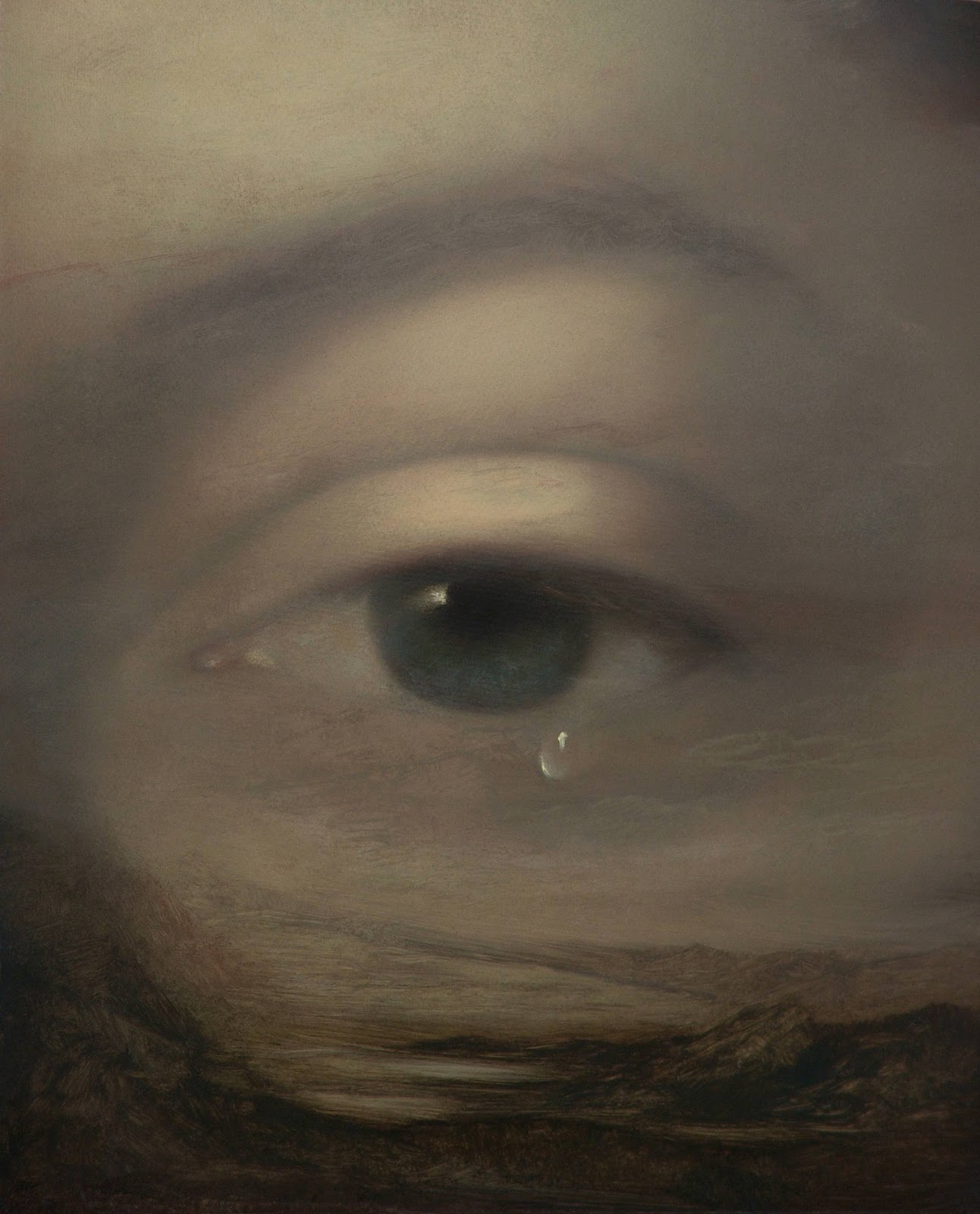Pablo Picasso - Two figures, 1904
La pittura è una professione da cieco: uno non dipinge ciò che vede, ma ciò che sente, ciò che dice a se stesso riguardo a ciò che ha visto - Pablo Picasso

La pittura è una professione da cieco: uno non dipinge ciò che vede, ma ciò che sente, ciò che dice a se stesso riguardo a ciò che ha visto - Pablo Picasso











Love life as it is
Love her fully, unpretentious.
Love her when they love you or hate you when.
Love her when no one understands you,
or when you include everyone.
Love her when all forsake you,
or when you exalt like a king.
Love her when they steal everything,
or when you give it.
Love her when it makes sense
or when it seems not to have even a little‘.
Love her in complete happiness,
or in absolute solitude.





In stone, four life-sized figures, two male and two female, posed around and halfway emerging from, or captured by, an indistinct central volume.By the American sculptor Lorado Taft, 1860-1936. In the collection of the Art Institute of Chicago.
The Neoclassicism of the sculptors Harriet Hosmer and Randolph Rogers was replaced in the second half of the 19th century by the more realistic naturalism of French-trained sculptors such as American sculptor Lorado Zadoc Taf (1860-1936). An instructor in modeling at the School of the Art Institute for 20 years, Taft created public monuments for Chicago that made the city a center for sculpture. The figures in this work are only partly freed from the marble, a technique that emphasizes the mass and outline of the stone.
Explaining The Solitude of the Soul, Taft wrote, “The thought is the eternally present fact that however closely we may be thrown together by circumstances . . . we are unknown to each other”.

Award winning artist Dita Omuri, born and raised in northern Albania, escaped her home country running towards the unknown and away from the restricted ways of expressing her emotions through art.
From a very young age, Dita’s sketchbook was her constant companion. By winning a young art competition she secured a scholarship at a traditional Art school aged 14. Learning the “Old Masters Techniques” and becoming aware that the only legal art form in Albania was Social Realism. Her passion for art, freedom and creativity was stifled in Albania.


Tom Lovell (1909-1997) was a founding member of the National Academy of Western Art. He received many honors for his illustrations and paintings. He was winner of the prestigious Prix de West award twice for his paintings. He was inducted into the Society of Illustrators in 1974. In 1992, Lovell received the Lifetime Achievement Award from the National Cowboy Hall of Fame and the Robert Lougheed Memorial Award for Traditional Painter of Western History.
.jpg)





The manneristic celebrated group Rape of the Sabines by the Flemish artist Jean Boulogne, better known as Giambologna (1529-1608), is part of the statuary under the Loggia dei Lanzi in Florence’s Piazza Signoria.
The massive statue is 4.10 meters high (statues became much bigger after Michelangelo’s David) and depicts a young man lifting a girl up over his shoulder, as an older man is crouched at his feet in complete dismay. For this reason, the statue is also known as the "Three ages of Man". At the base of the statue there is a bronze plaque that depicts scenes of the abduction of the Sabine women in bas-reliefs.

Shrouded within the park of Villa Demidoff, in Medici Villas (Unesco World Heritage List, 2013), Pratolino, Vaglia, Tuscany, just 7 miles north of Florence, Italy, there sits a gigantic 16th century sculpture - 14-meter-tall masterpiece statue - known as Colosso dell'Appennino, or the Appennine Colossus. The brooding structure was first erected in 1580 by Flemish sculptor Giambologna, pseudonym of Jean de Boulogne (Douai, 1529 - Florence, 1608).


Antonio Canova (1757-1822) was the leading proponent of Neoclassicism and Italy's last internationally famous artist.
The sculptor Antonio Canova, born in the village of Possagno in 1757, rose to celebrity from humble origins. For biographical notes -in english and italian- and works by Canova see Antonio Canova ~ Neoclassical sculptor.

Tieni sempre presente che la pelle fa le rughe,
i capelli diventano bianchi,
i giorni si trasformano in anni.
Però ciò che é importante non cambia;
la tua forza e la tua convinzione non hanno età.
Il tuo spirito e` la colla di qualsiasi tela di ragno.
Dietro ogni linea di arrivo c`e` una linea di partenza.
Dietro ogni successo c`e` un`altra delusione.

Bahram Dabiri [بهرام دبیری] was born in the city of Shiraz, Iran in the year of the Tiger, 1950, under the sign of Sagittarius, whose symbol, the Centaur with bow and arrow figure greatly in his works. Looking at the reliefs and sculptures on the walls of nearby Persopolis and the splendid inscription of the Naqsheh Rustam Monument, are amongst the artist’s treasured childhood memories.
At the age of twelve, without encouragement or tutelage but strictly on his own, Dabiri started his career in what he likes to call “The Paintings”.





.jpg)



John Atkinson Grimshaw (1836-1893) was an British Victorian artist who became famous for his sombre views of the dockyards and his nocturnal scenes of urban lanes with leafless trees silhouetted against the moonlight sky.
During his later life, he became a close friend of James McNeill Whistler who admired his work and admitted: "I considered myself the inventor of nocturnes until I saw Grimmy’s moonlight picture".
For biographical notes -in english and italian- and other works by Grimshaw see Atkinson Grimshaw | Victorian-era painter.



